When James Martin was born, doctors told his parents that he might never speak. However, he did not only learn to speak, but 31 years later, on his birthday, he walked on Hollywood’s biggest stage to collect his Oscar for Best Live Action Short Film, An Irish Goodbye. James became the first actor with Down syndrome to win an Academy Award. And, as icing on the cake, the entire audience sang “Happy Birthday” to him.
James Martin never let his condition hold him back.
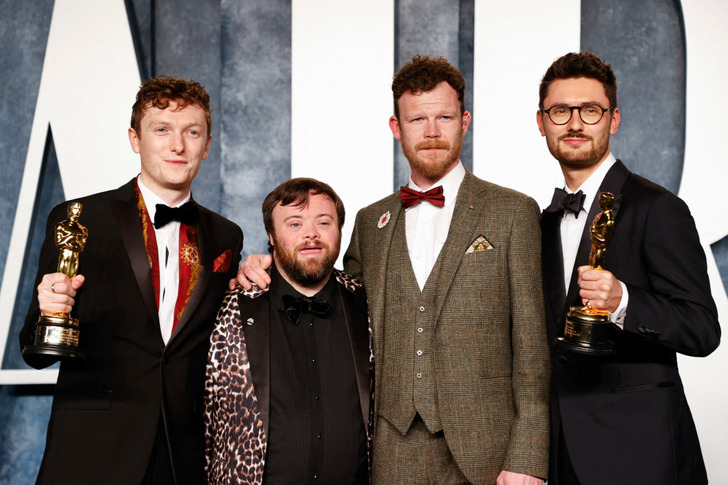
James Martin’s father, Ivan Martin, is very proud of his son and revealed that he does everything with great gusto, and he’s very glad that his efforts have paid off.
“He has spent his life pushing the envelope. People are very good at saying, ’You can’t do this, and you can’t do that’… He’s done it, and he does it consistently,” he said.
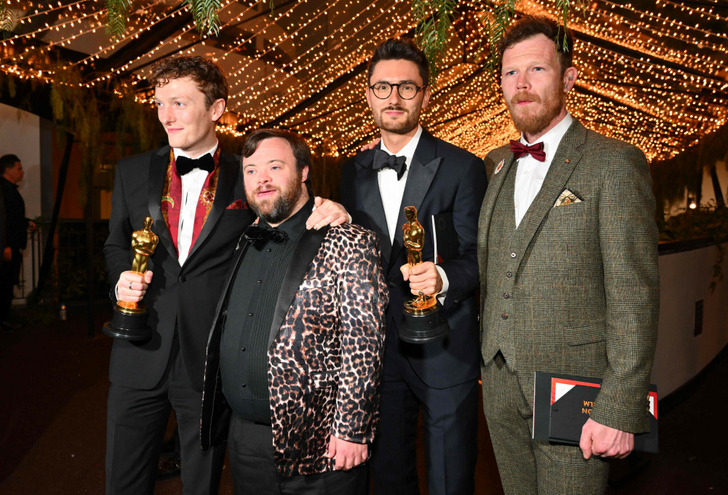
Martin is the first person with Down syndrome to win not just a BAFTA but an Oscar too, and he’s very proud of himself. “It doesn’t matter if you have Down syndrome, as long as you’re doing what you do. I do what I can to be funny,” he said.
His girlfriend also supports him and says the win was a magical moment. “It shows to everyone that it’s changing your mindset on how people with disabilities can achieve as much as everyone else can,” she declared.
For the past 10 years, Martin has been working at Starbucks.
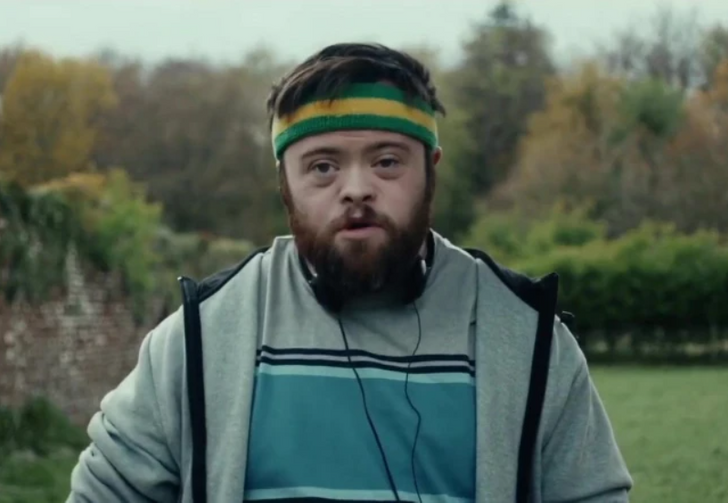
His co-workers and manager at Starbucks are very proud of Martin and his acting success, and to support him, good-luck posters were placed in the coffee chain’s city stores.
However, Martin’s dad revealed that despite the fame, he doesn’t see his son quitting his job as a barista anytime soon.
Martin caught the acting bug after he joined the Belfast-based Babosh theatre company for children with learning disabilities.
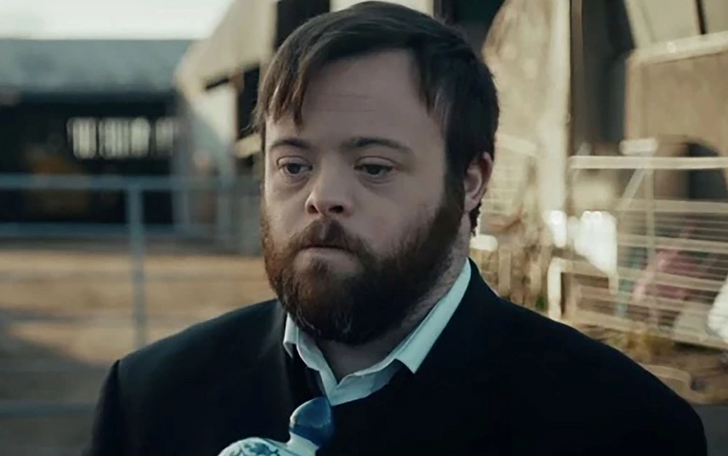
There, Martin did all types of shows, and he enjoyed every moment spent there. This was a stepping stone for him, as he later managed to land the lead role in Ups and Downs, starring alongside actress Susan Lynch.
Martin then went on to land a role in the series, Marcella, but his role in An Irish Goodbye, which won him both a BAFTA and an Oscar, is his most high-profile role to date.
Preview photo credit MICHAEL TRAN/AFP/East News, An Irish Goodbye / First Flights and co-producers
The Intriguing Experience of Pareidolia
Have you ever glanced at random objects and thought you saw faces? This curious occurrence is called pareidolia. Our brains are wired to identify shapes, patterns, and even sounds as something significant, often perceiving them as faces.
This explains why we might spot animals in clouds or faces in rocks. Even a worn tile floor, like the one in the image above, can reveal a subtle face when examined closely.
What is Pareidolia?
Pareidolia is a fascinating psychological and visual phenomenon where our brains detect familiar patterns, particularly faces, in everyday objects. This tendency comes from our evolutionary need to recognize friends, enemies, and others. Our brains are designed to identify faces, even when none are really there.

The Tile Face: A Closer Look
If you carefully study the image, you’ll see that the rough texture of the tile creates a face, complete with eyes, a nose, and a mouth. The “eyes” might appear as darker spots, the “nose” as a smudge, and the “mouth” as a faint curve. It’s as if the tile has turned into a hidden character, patiently waiting to be discovered. This instance of pareidolia transforms an ordinary tile into something mysterious, artistic, and perhaps a little eerie.
Why Do We See Faces?
Surprisingly, seeing faces in objects is more common than we realize. Throughout evolution, our brains have honed the skill of recognizing faces as a way to form social bonds and ensure survival. Detecting allies and recognizing threats was essential for early humans. As a result, our brains became finely tuned to notice even the smallest facial cues, sometimes even over-interpreting them.
Scientists suggest that this natural ability to see faces has influenced our emotional understanding, social interactions, and even our creativity. It shows the incredible capacity of the human brain to find meaning, even when it only exists in our imagination.
The Artistic Side of Pareidolia
Pareidolia is not just a scientific curiosity; it also has a captivating artistic aspect. Artists have long been inspired by hidden images in the environment. This type of art encourages us to see beyond the obvious and find beauty in the unexpected.
The face in the tile from the image above can be seen as a natural work of art, a masterpiece shaped by time, wear, and our imagination. It reminds us that art can be found anywhere if we just take the time to look.
In Conclusion
The next time you see a tiled floor, gaze at cloud-filled skies, or closely inspect a textured surface, take a moment to observe. You might just find a face staring back at you. Pareidolia reminds us how our brains interpret the world, revealing wonder in the most ordinary things. These moments of recognition are small reminders of the magic hidden in everyday life. So go out there and embrace the beauty of pareidolia!

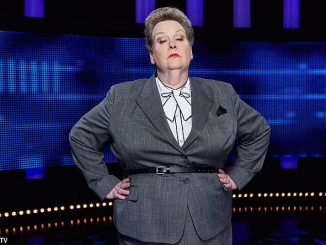

Leave a Reply